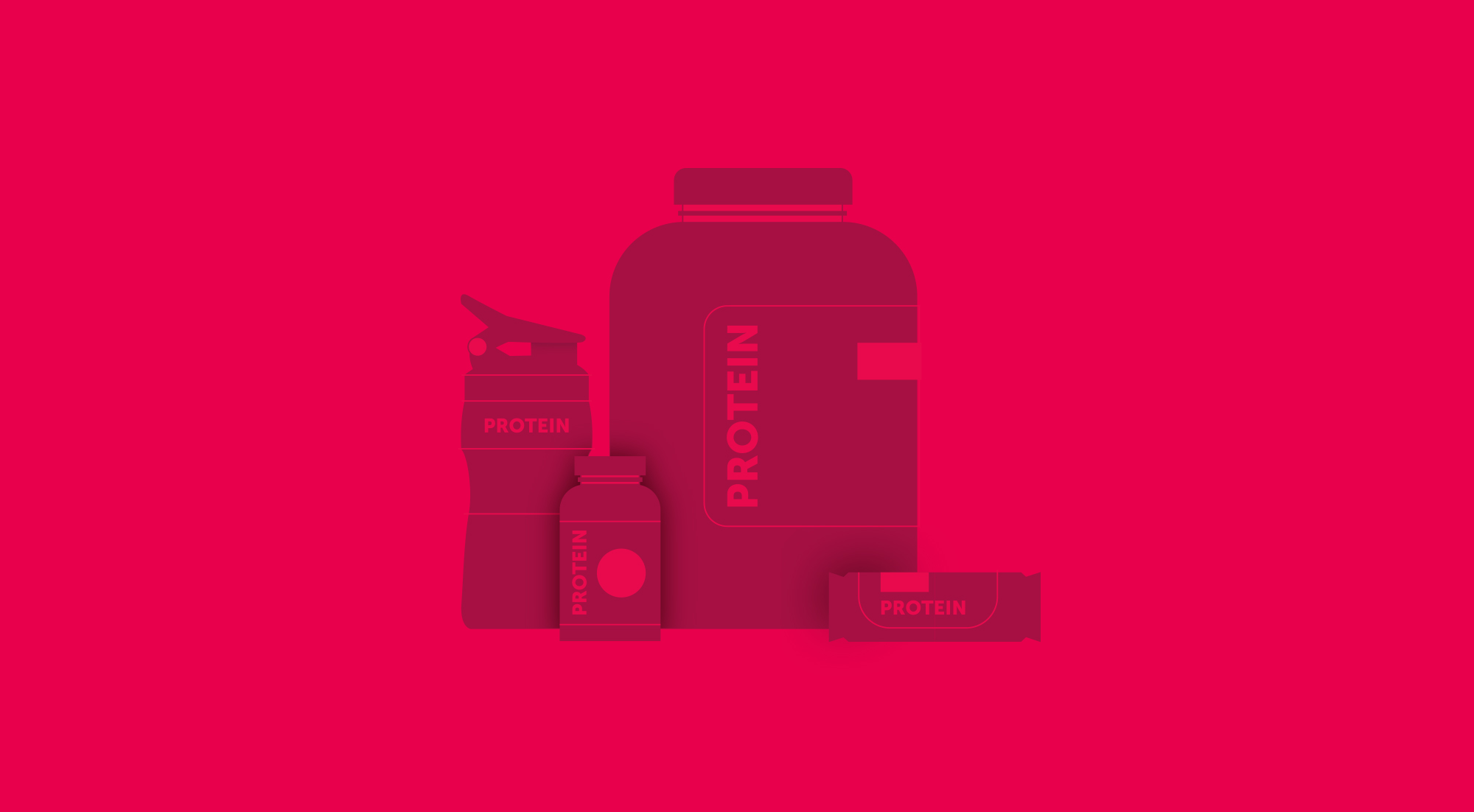
31 July 2018
NEWS & VIEWS
This Blog Contains Protein
It’s hard to deny that the popularity of the health and fitness market has grown substantially. From cycling to work, hitting the gym at lunch, or a 5k after work; to marathons, super marathons, triathlons, mud runs, the list goes on – in general, people seem to be embracing a more active lifestyle, this can be only a good thing can’t it?
To support this active lifestyle, the shelves are now packed with a variety of supplement and health food products for consumers to choose from in order to support their lifestyle. So, does this mean there is a better understanding from people about nutrition and how you can achieve your desired goal whether it be anything from fat loss to muscle growth?
To be honest I’m not so sure, I think there's a majority of consumers who are blindsided by nutritional call-outs on packaging without knowledge of what or if it is having any benefits to them at all. On the face of it, protein is the new buzz word being added to everything from yoghurt, cereals, chocolate bars, snack packs, porridge, noodles, even everyday essentials such as dried pasta that now claim they have superior protein-packed versions. Take brand stalwarts Mars and Snickers, even they introduced high protein versions. But historically brands have promoted ‘nutritional benefits’ such as 0% fat, low sugar, so as a consumer - what do I do?
There’s then the supplement market. From protein powder, Amino Acids, energy gels, creatine, and tablets; from anything to vitamins and minerals, to fat burners. On the go snack bars have become popular with products such as Grenade Carb Killa, PHD Smart Bars and the resurgence of Powerbar successfully appealing to both male and female audiences. Consumers seem to be opting for that low carb, low sugar –high protein fix to supplement their workout. We are experiencing a surge of strong brands creating demand, and transcending into confectionary - as they now taste great with a real focus on flavour.
So with a market so saturated with options, how does the consumer know what to opt for and what health products are best designed for our body goals – it truly is a minefield out there. You’d expect a serious gym goer to take the time to research and acquire the necessary knowledge – but I’m talking about the everyday customer, the man or woman just starting out at the gym or even the 2-3 times a week person. The consumer grabbing a product from their local supermarket or even heading over to an online store such as Bodybuilding.com for the first time. Is it the responsibility of the brand to educate the consumer in a clear and simple way?
Let's take a look at Joe Wicks. He has recently received somewhat of social media back-lash. His approach to fat loss was based around not counting calories – calling the method ‘old school science’. Yet Joe has recently had a shift in stance, stating that as long as you are in a calorie deficit throughout the week you’re going to make progress. So which is it?
Arguably, the Joe Wicks plans have been successful for may people. Following his set plans, people have made significant progress - a colleague of mine has had great success following his Cycle 1, 2 and 3 plans. However, his approach meant the essential and most important ingredient of information to success was missing – being in a calorie deficit and to do this you need to be tracking your calories. So whether you’re a public figure and trusted voice of the industry, a new to market or large nutritional brand, it’s your responsibility to communicate the facts. There's even an argument for a basic understanding to be taught in schools.
I am not a nutritionist. I am, however, passionate about health fitness and nutrition, and I am part of a group training programme in Manchester. I spent years purchasing protein supplements without really knowing what was in them or what they were doing for my body. I usually just opted for the most protein, and least carb option per serving.
It’s not until I joined my local group that I started to really understand the importance of nutrition. We calculated my macronutrients based on an active lifestyle and initially adjusted for fat loss, measuring how my body reacted over a consistent period. I was strict with my diet, drank plenty of water, got plenty of sleep, getting around 2x my bodyweight in grams of protein a day, and followed a tailored meal plan, supplemented with training. After a period of time I increased my calories, upping my protein intake and adjusted my carbs and fats accordingly to support muscle growth. The main thing I did was be consistent, I didn’t punish myself if I had a bad day (I just adjusted accordingly the next day) and most importantly I used 'My Fitness Pal' to track my calories, otherwise you are simply guessing!
I acquired a basic understanding of what I was putting in my body and the effect it was having on me and I think it is important that people adopt this approach. However, I do think that brands should take some responsibility in communicating the truth and go a step further to educate their customers. If buying supplements a good tip is to look for the Informed Sport accreditation.
So the next time you decide to go on that new fad diet, or grab that ‘nutritious‘ snack, do your research and get your facts right from a professional.
